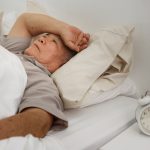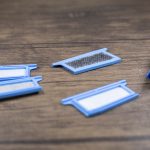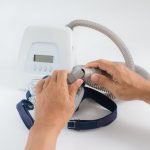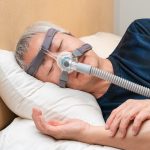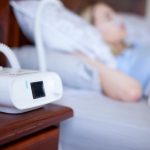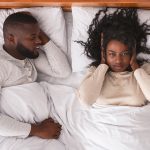The Effect of Sleep Apnea on Your Bed Partner
Posted by Dr. Richard Gall
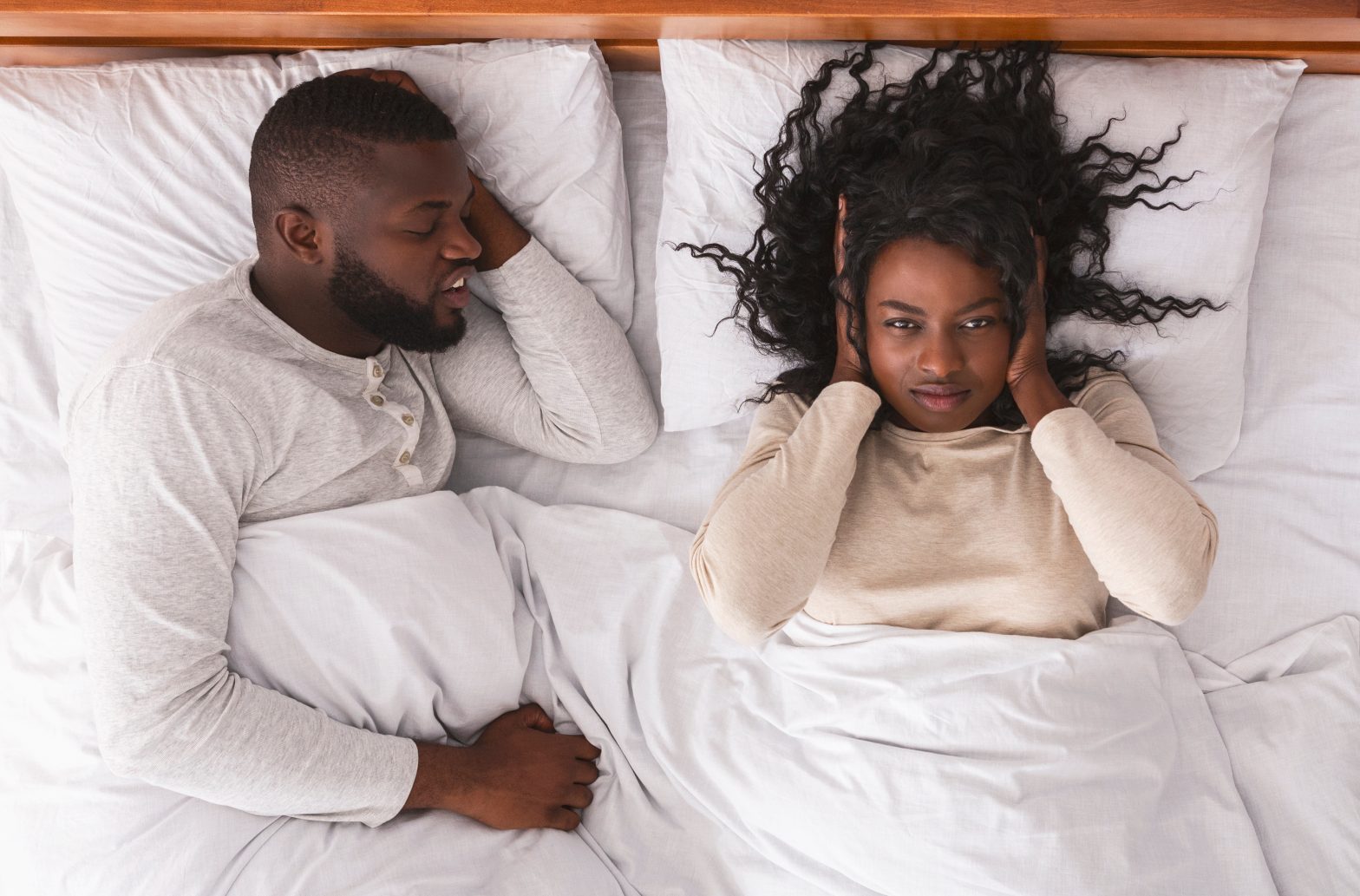
Those individuals suffering from obstructive sleep apnea (OSA) are often well aware of the effects the illness can have if left untreated. A sense of waking unrested from sleep, morning headaches, loud snoring, impaired quality of life and excessive daytime sleepiness are some of the more common and obvious symptoms. Less obvious are the serious cardiac and respiratory effects that chronic low blood oxygen levels can have on the body leading to such problems as hypertension, irregular heart rhythms and death, among others.
During a consultation in my office, I will often see both the obstructive sleep apnea patient and the bed partner. Frequently, the bed partner will provide me with their perspective of the situation. One reason for this is that the obstructive sleep apnea patient, despite being aware of their own fatigue, etc. is often unaware of the disruption that the snoring and sleep apnea is causing the bed partner. Moreover, it is often the bed partner that is most concerned as he or she is the one observing the unusual breathing patterns and is kept lying awake because of their partner’s loud snoring.
It is no secret that what is less commonly discussed and often overlooked in the discussion of obstructive sleep apnea are the effects on the bed partner. While patients with obstructive sleep apnea snore the night away with repeated apneic episodes, some bed partners continue to be able to enjoy a good night’s sleep. However, others find themselves at night staring at their bed partner who appears to go breathless for what may seem to be an eternity or marvel at the volume of the snoring.
Some bed partners may choose to cover their head with a pillow, wear ear plugs, use sleeping pills or are forced to take more drastic action. A night on the couch or the spare bedroom is not uncommon for these partners and is perhaps the most frustrating aspect of those suffering from obstructive sleep apnea. Resulting relationship problems and marital discord is occasionally the final effect. Not surprisingly, there is research that has looked into the effects that untreated obstructive sleep apnea has on the bed partner.
Some studies have shown that bed partners of patients with obstructive sleep apnea may show similar sleep disturbances to that of their bed partner. Additionally, the bed partner’s sleep loss may result in frustration, exhaustion, interference with work, and a strained relationship (Luyster et al., 2016) along with a decreased quality of life. Stålkrantz et al. (2012) interviewed 12 spouses living with partners with obstructive sleep apnea who described sacrificing their social activities and interactions.
Gall et al. (Year) has reported that the spouses of mild obstructive sleep apnea patients reported that their husbands participated in fewer social activities than did spouses of non-obstructive sleep apnea patients. Conversely, continuous positive airway pressure devices (CPAP) used by patients with obstructive sleep apnea has been shown to improve the sleep hygiene of bed partners and patients alike. Whether through the use of CPAP, oral appliances, weight loss, lifestyle modification or surgical management of obstructive sleep apnea, treatment may have significant benefits for sufferers of obstructive sleep apnea – both the patient and the bed partner.
Often, the bed partner is not looking for complete resolution in the snoring or sleep apnea. Rather, in my experience, the goals are often simply an improvement in symptoms, an understanding that treatment is being undertaken in an effort to improve morbidity and mortality, and often most importantly, a return of the bed partners to the same bedroom with elimination of the stigma of a married couple sleeping in separate rooms.
If you would like to discuss you or your bed partner’s sleep patterns, speak to your family physician, seek out an appointment at a qualified sleep lab or request a referral to a qualified Otolaryngologist (Ear Nose and Throat physician) specializing in management of obstructive sleep apnea.



